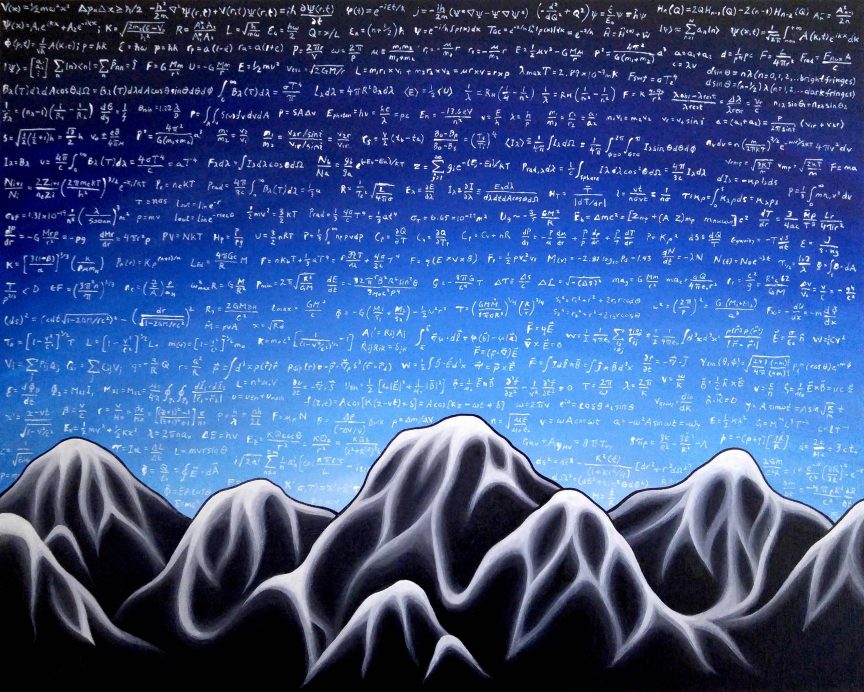Name: Azuravesta (Avesta) Rastan
Which came first in your life, the science or the art?
Growing up in Vancouver, Canada, the forest was my backyard. As a child surrounded by nature, science was art. I was fascinated and inspired by the creatures and patterns I saw in nature. It wasn’t until I went to school and learned art and science as separate subjects that they started to diverge from each other.
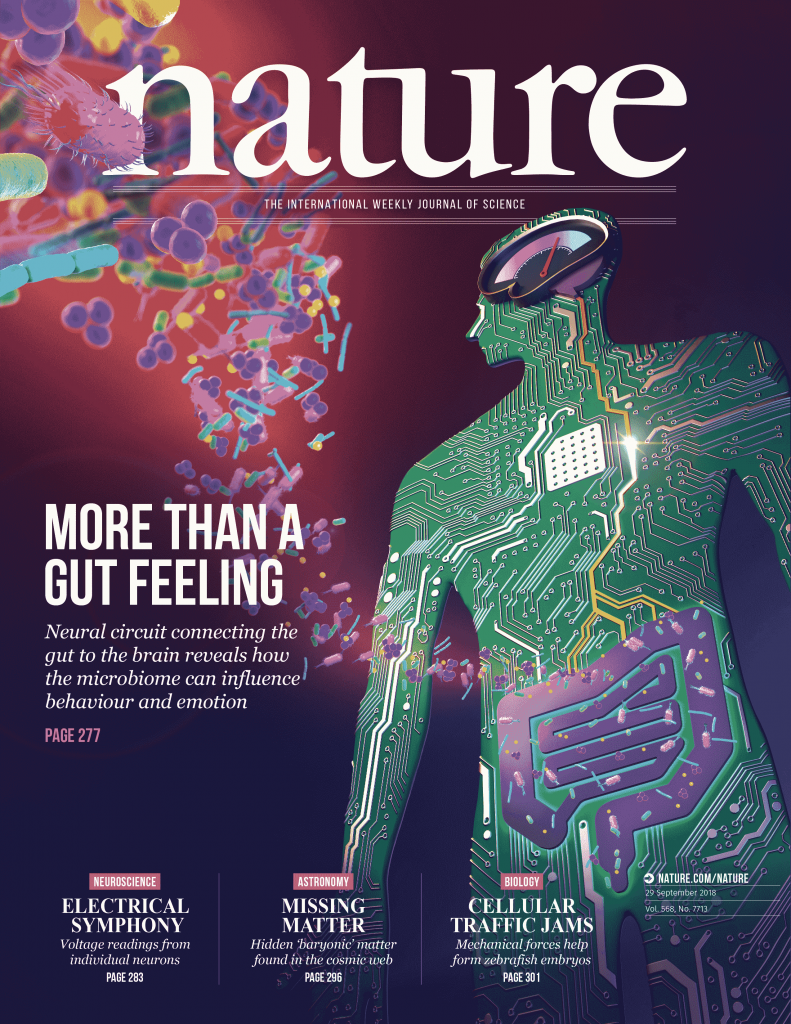
Even after they seemed like separate entities in my mind, I was very interested and involved in both art and science. In high school, my art and paintings were mostly inspired by scientific topics, and in science class, I loved learning from diagrams and visuals. At the time, my father was a physicist and musician on the side, and my mother was in environmental science and was a talented artist herself; I was very lucky to have parents who urged me to foster my passions for both the arts and sciences.
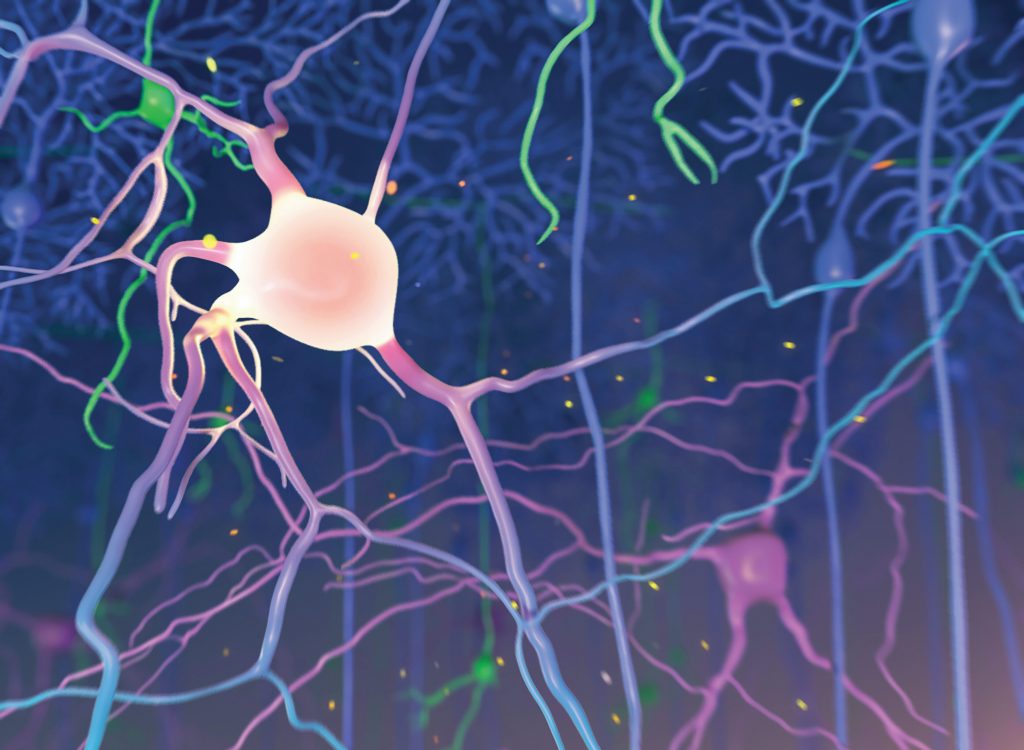
I took the “science path” when I went to Queen’s University for Life Sciences. However, I continued to pursue art through my extracurricular activities. I always knew I wanted to incorporate art into my career but didn’t know how until I discovered the Master of Science in Biomedical Communications program at the University of Toronto. It was during my graduate studies there that my two foremost interests were remarried.
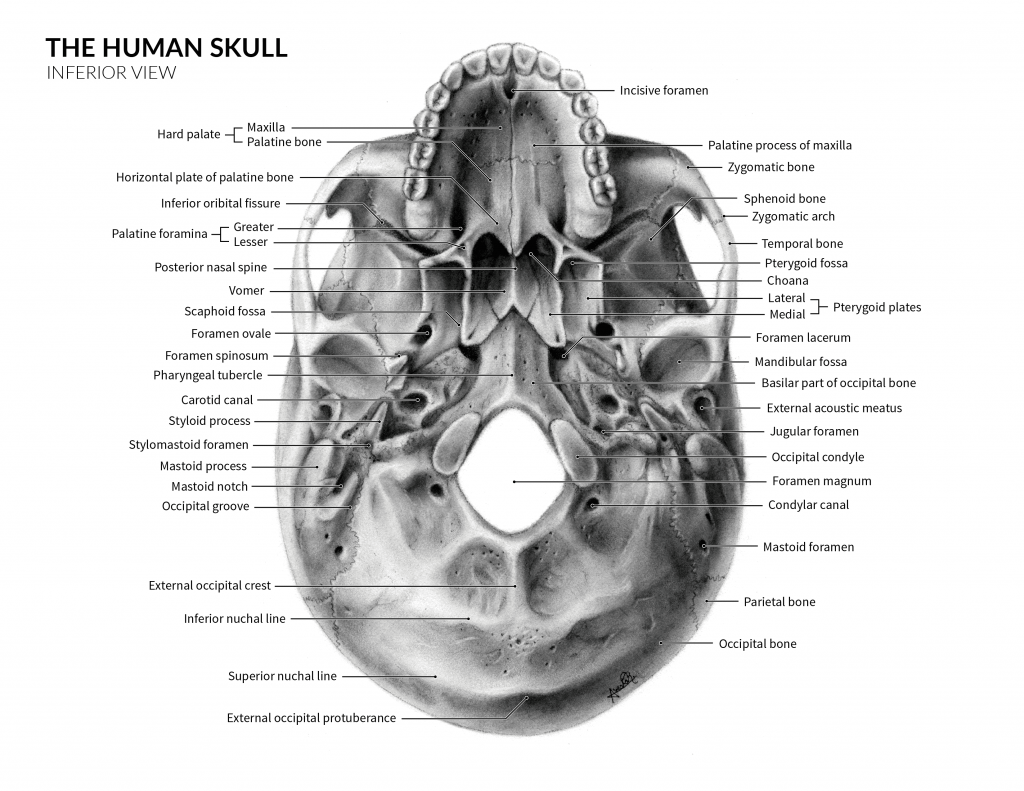
Which sciences relate to your art practice?
Having a background in Life Sciences and attending a graduate program that specializes in medical illustration, biomedical sciences (physiology, anatomy, are the focus of most of my professional work). That being said, I am particularly interested in neuroscience and astrophysics, so I try to incorporate these subjects in my personal work. Something I have become increasingly fascinated by is the microbiome-gut-brain axis. I’m constantly in awe of how complex the human body is, and how our microbiome can communicate with our brain—affecting our physical and mental health.

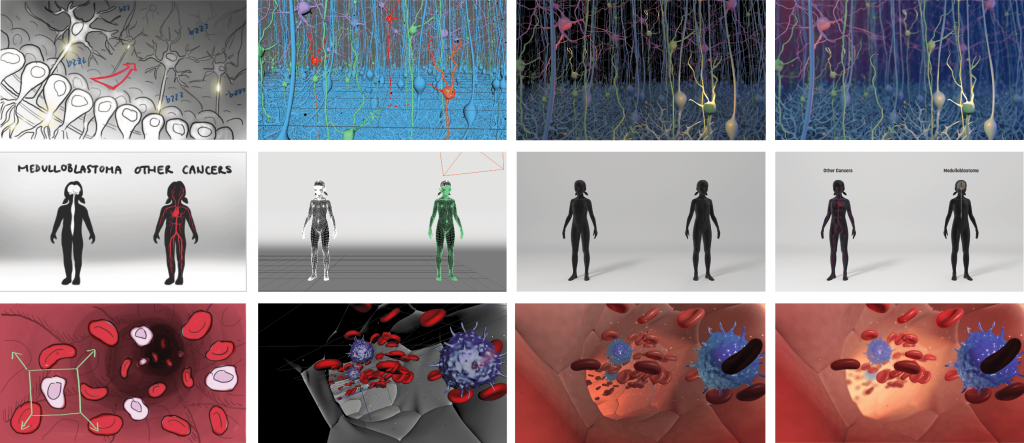
What materials do you use to create your artworks?
As a curious person and self-proclaimed generalist, I naturally experiment with all sorts of different media. I haven’t yet found one medium or program that I love more than the rest. Majority of my work is digital—from digital painting to graphic design to animation. For digital painting, I primarily use Procreate on the iPad and sometimes Photoshop. For graphic design, layout, and data visualization work I use Adobe Illustrator; this is the program I use most often and have a soft spot for. For 2D animation, I use After Effects, and for 3D animation, I use Autodesk Maya, ZBrush, and the Arnold render engine. I also dabble in UI design using Sketch. I think I speak for all digital artists when I say that there are so many programs out there and I wish I could learn them all! My next two programs I want to experiment with are Houdini and Unity.
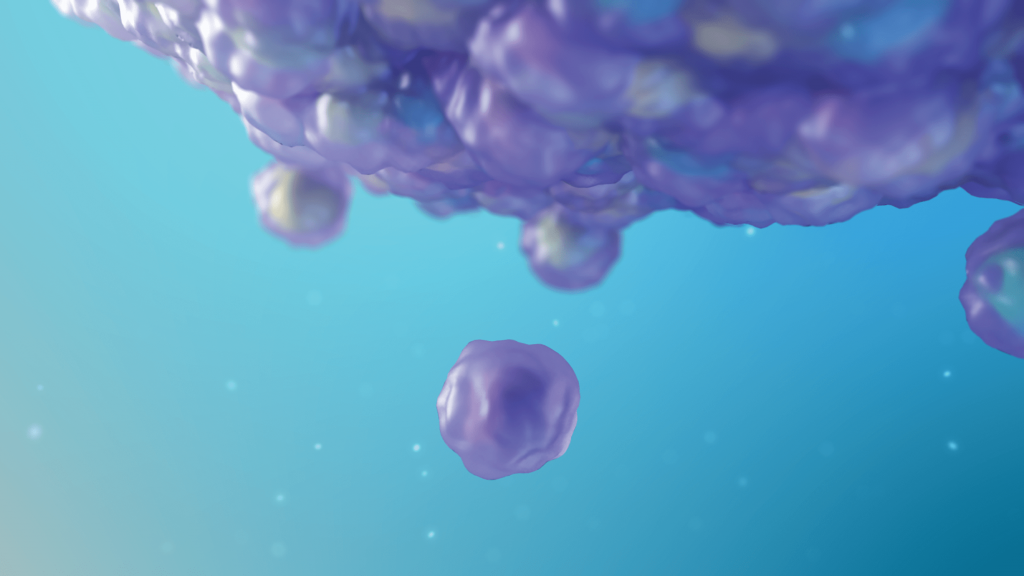
Besides digital media, I have recently been getting back to my artistic roots with traditional media. I am quite familiar with acrylic paint and have been learning gouache. I also sketch my initial ideas for all my projects with good old pencil and paper. There is something about the tactility of traditional media that makes it easier to let my creativity loose.
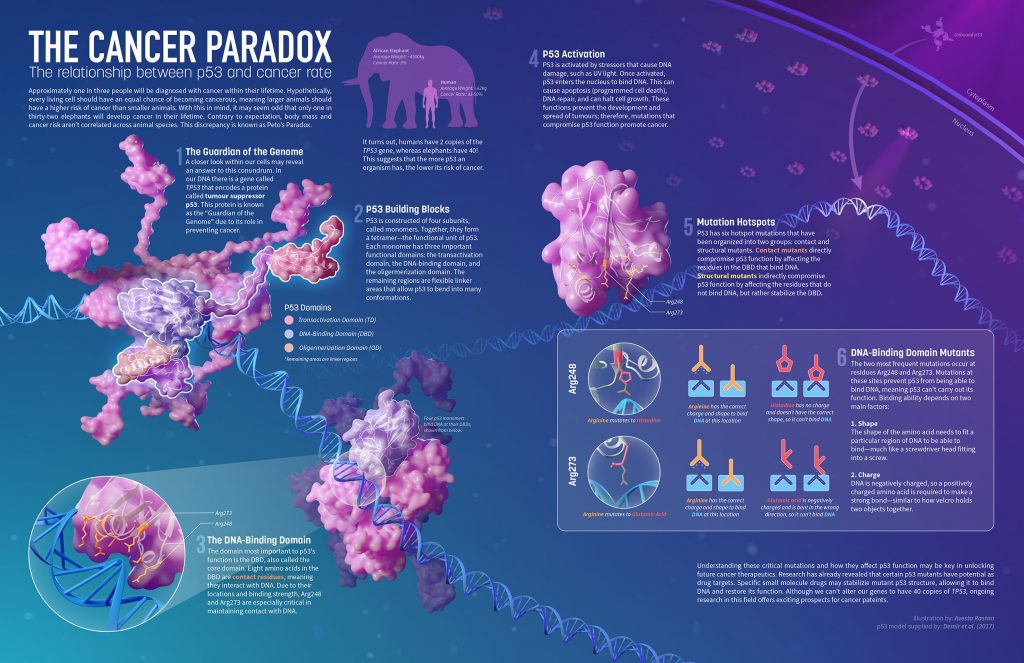
Artwork/Exhibition you are most proud of:
Back in early April, I published my “COVID-19: how does it affect you?” infographic. From a technical standpoint, it is not my best work; however, this piece alone educated and reached a far wider audience than any of my previous work. Over 2 million people saw it on Twitter alone, and it has since been translated into 18 languages. It was shared on the World Economic Forum and published in Discover Magazine, and has been used in hospitals to educate real COVID-19 patients. This piece showed me the impact a single medical illustrator can have, and also made me realize my work doesn’t have to be “perfect” to be well-received. The message behind a piece of art is the most important part when it comes to educational illustration.
What I love about this piece is that it started as a passion project—just something I wanted to do on the side to play my part in helping us get through this pandemic—and it grew into something bigger.
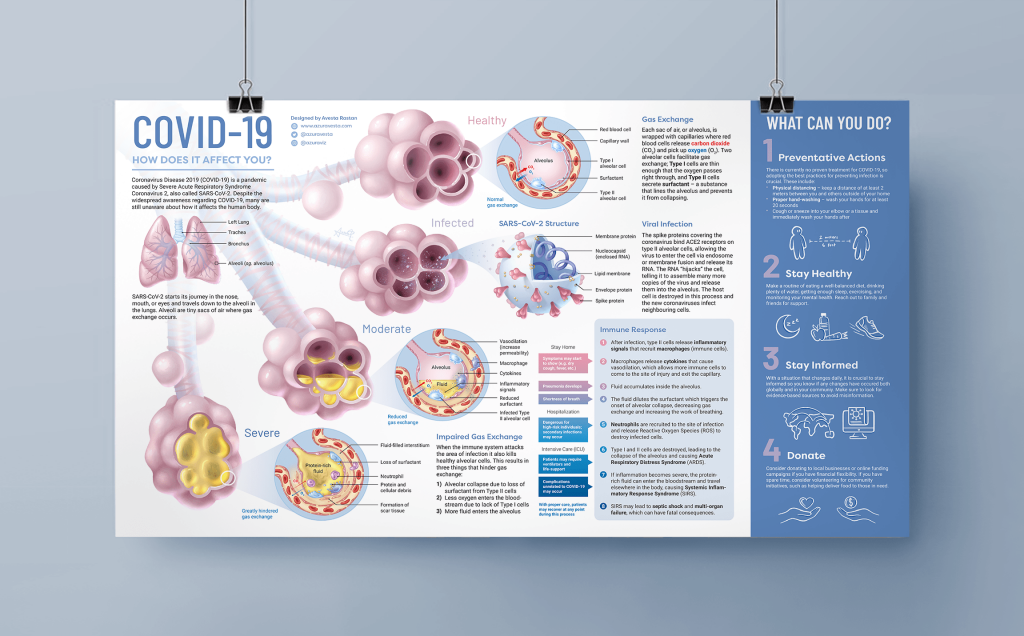

Which scientists and/or artists inspire and/or have influenced you?
This is a challenging question because there are so many talented and inspiring artists and scientists, it’s difficult to narrow it down. I am also someone who is more inspired by people I know and have met in real life versus someone I have learned or heard of in books or online.

On a regular basis, my peers, previous classmates, and colleagues are the ones who inspire me to hone my skills and continue to learn. From a storytelling and animation perspective, I am consistently inspired by Ash Thorp, Nidia Dias, Sofie Lee, and Joyce Ho. On a bigger scale, I am inspired by others who have merged art and science in their own unique ways, such as Max Cooper, Neri Oxman, Gregg Dunn, and Justin Barad. Lastly, my early art influences were Miyazaki, Alex Grey, Ernst Haekel, and Escher. The list continues to grow and evolve as I do.
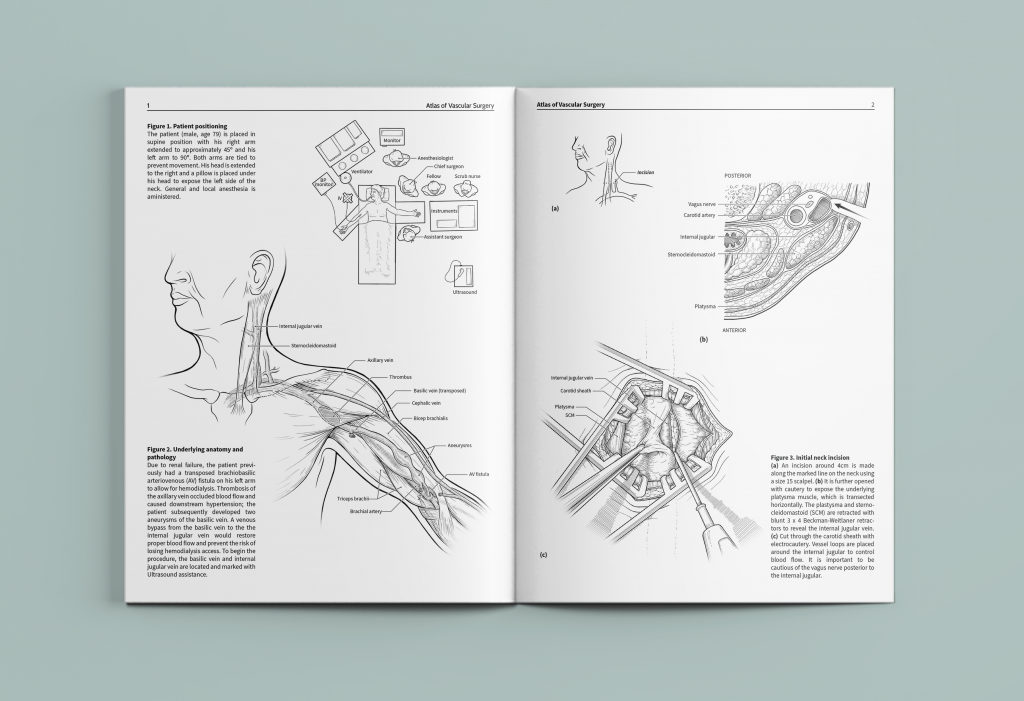
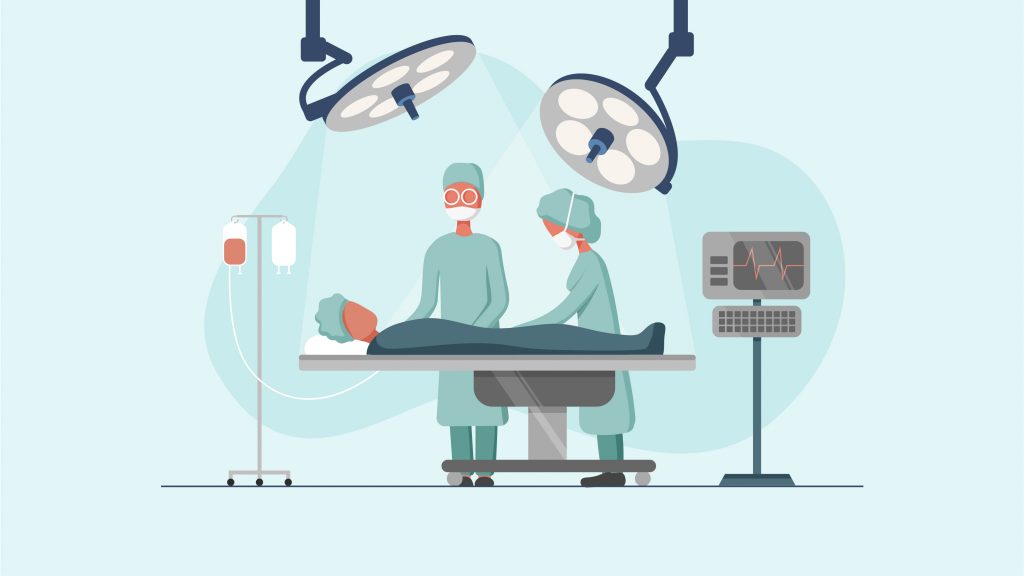
“I personally am very excited and curious to see how the field of scientific visualization as a whole continues to shape how we communicate science.”
Avesta Rastan
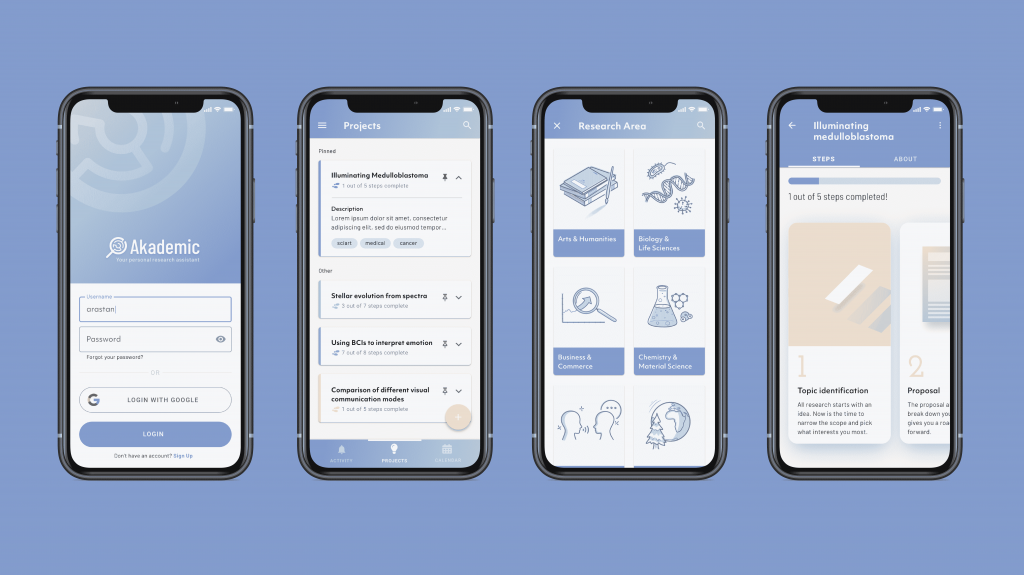
SciArt is an emerging term related to combining art and science. How would you define it?
SciArt is the communication of scientific topics using a variety of visual media. It could be an educational infographic, a short 3D-animated film, or an abstract painting. As long as the inspiration behind the piece is scientific in nature, I would consider it SciArt. I personally am very excited and curious to see how the field of scientific visualization as a whole continues to shape how we communicate science. We need to remediate the misconception that art and science are separate entities and that you are either a “scientist” or “artist”. Even in the short amount of time I’ve been in this field, I have noticed a growing awareness and appreciation of interdisciplinary sci-artists. Change is slow, but it’s happening, and I can’t wait to see how this field evolves.

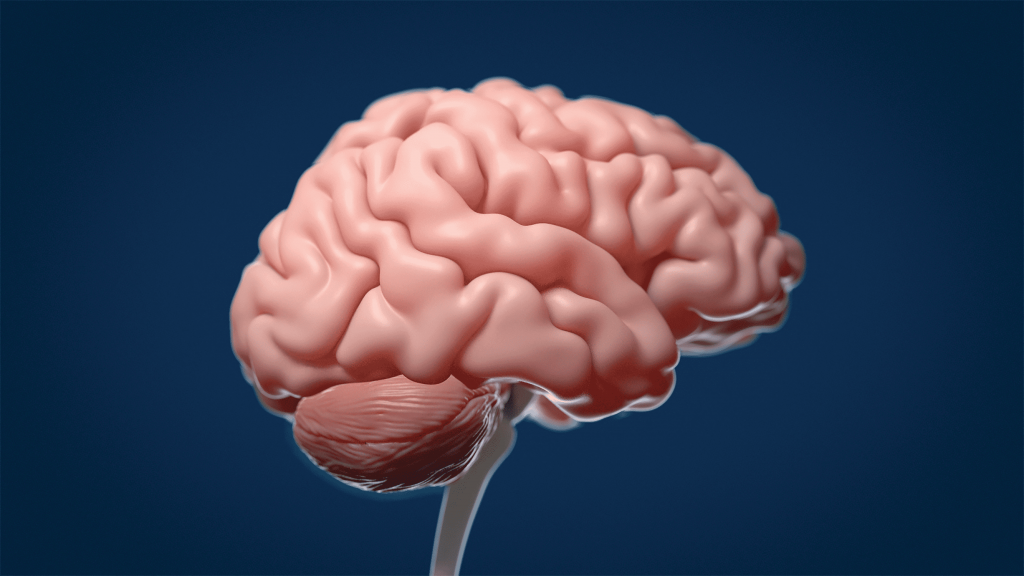
For more by Avesta Rastan, visit her website, Instagram, Twitter, or LinkedIn.
Share this Post

